As Uber's third-quarter earnings report revealed a stunning $479 million charge for undisclosed legal and regulatory matters, the ride-hailing giant's usually unflappable CEO, Dara Khosrowshahi, was left to navigate a complex web of unpredictability. The company's operating income of $1.11 billion fell short of analysts' expectations, a stark contrast to the quarter's otherwise impressive growth in trip volume.
Behind the numbers, however, lies a more nuanced story of a company grappling with the consequences of its own success. Uber's rapid expansion has led to increased scrutiny from regulatory bodies and lawsuits from disgruntled drivers, passengers, and competitors. The company's willingness to push boundaries and disrupt traditional industries has created a perfect storm of legal and regulatory challenges.
At the heart of the issue is Uber's business model, which relies heavily on a network of independent contractors – drivers who are not employees but rather freelancers. This arrangement has been the subject of intense debate, with some arguing that it amounts to exploitation and others seeing it as a necessary evil in the gig economy. Whatever the merits of the argument, one thing is clear: Uber's business model has created a minefield of potential liabilities.
The $479 million charge, which Uber described as "unpredictable" issues involving "legal proceedings or governmental investigations," is a stark reminder of the risks involved. While the company did not provide specific details about which cases or settlements the charge relates to, it is likely that the costs are related to ongoing litigation and regulatory probes.
One of the most significant challenges facing Uber is the ongoing lawsuit filed by a group of drivers in California, who claim that the company's classification of them as independent contractors rather than employees is a violation of state labor laws. The case, which is currently making its way through the courts, has the potential to upend Uber's business model and force the company to reclassify its drivers as employees.
Other regulatory challenges facing Uber include a probe by the U.S. Department of Transportation into the company's safety practices, as well as a lawsuit filed by a group of passengers who claim that they were injured in a car accident while using the Uber service.
Despite these challenges, Uber's CEO, Dara Khosrowshahi, remains optimistic about the company's prospects. "We're committed to working with regulators and lawmakers to create a framework that works for everyone," he said during the company's earnings call. "We believe that our business model is a key part of the gig economy, and we're committed to making it work."
For now, however, the uncertainty surrounding Uber's legal and regulatory challenges is likely to continue to weigh on the company's bottom line. As the company navigates this complex landscape, one thing is clear: the ride-hailing giant's success will depend on its ability to balance its business model with the needs and expectations of its stakeholders.
As Uber looks to the future, it will need to be prepared to adapt to changing regulatory environments and to address the concerns of its drivers, passengers, and competitors. With its $479 million charge serving as a stark reminder of the risks involved, the company's willingness to navigate this complex landscape will be put to the test.
In the end, Uber's story is one of a company that is struggling to find its footing in a rapidly changing world. As the ride-hailing giant continues to navigate the challenges of its business model, one thing is clear: the future of the gig economy will be shaped by the decisions made by companies like Uber.




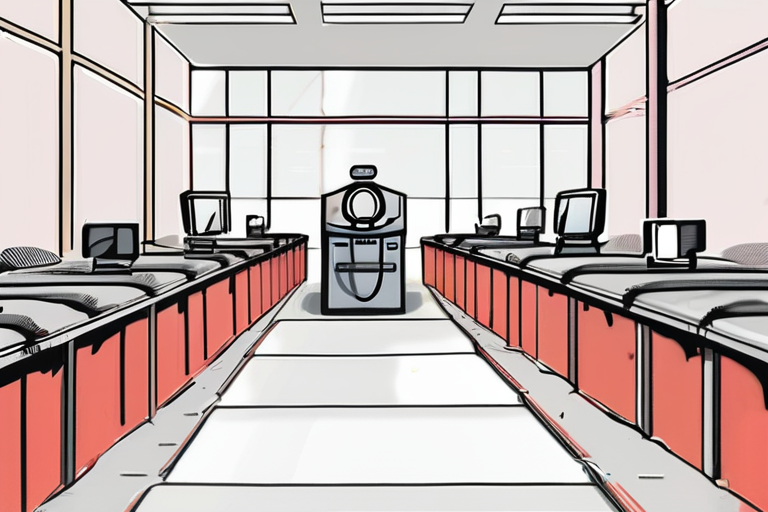
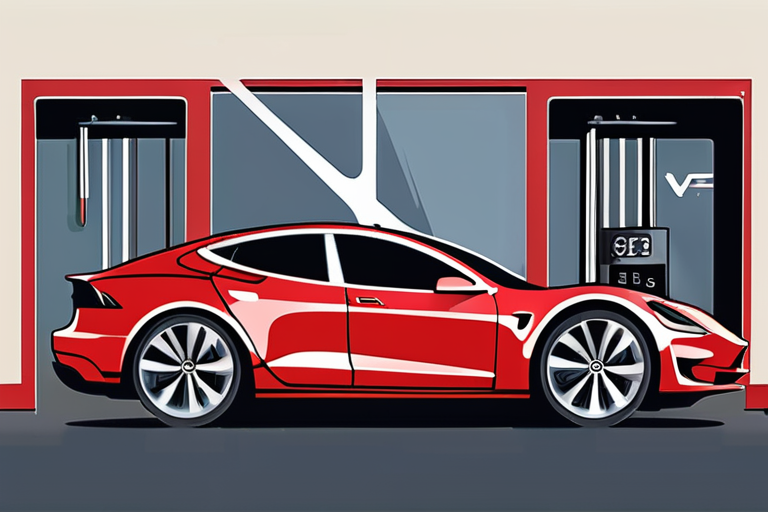



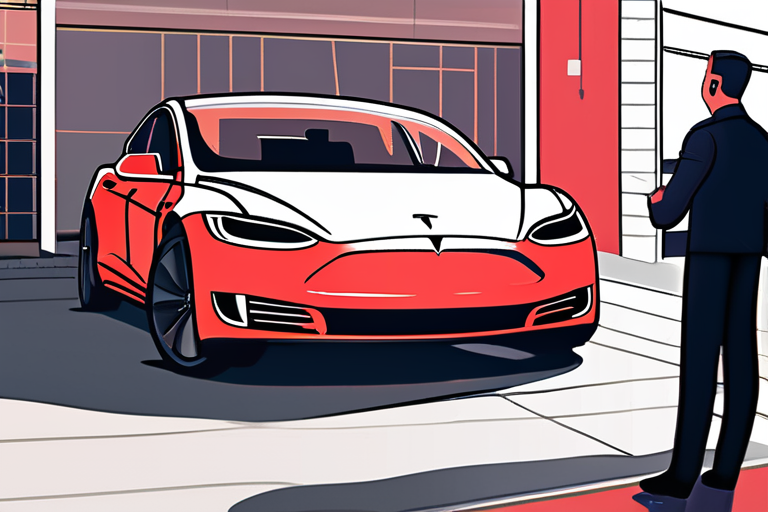
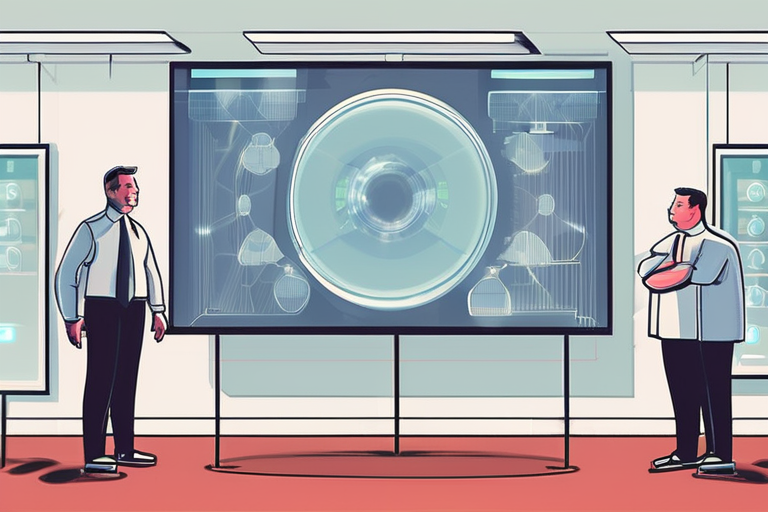

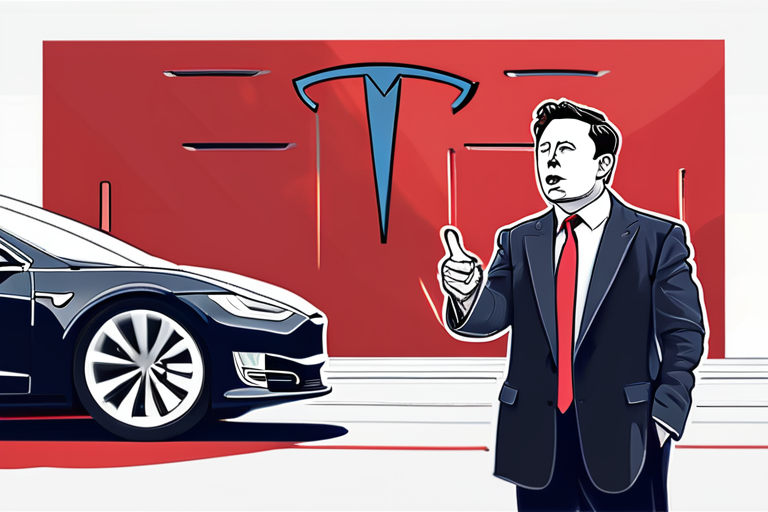




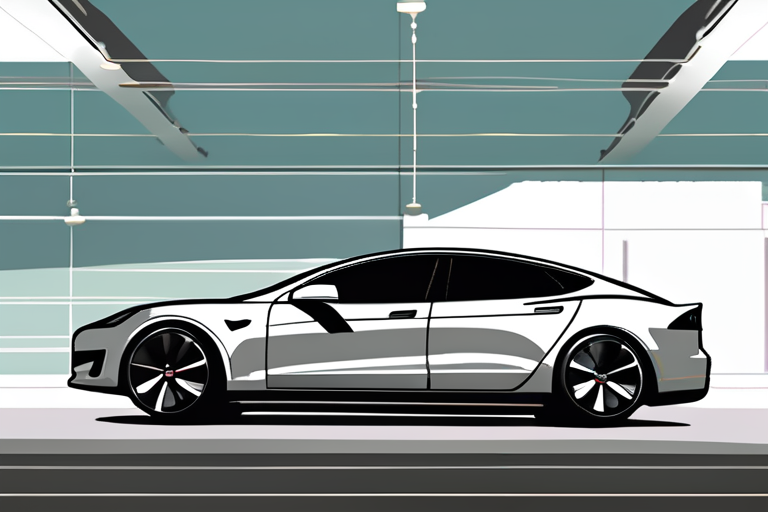

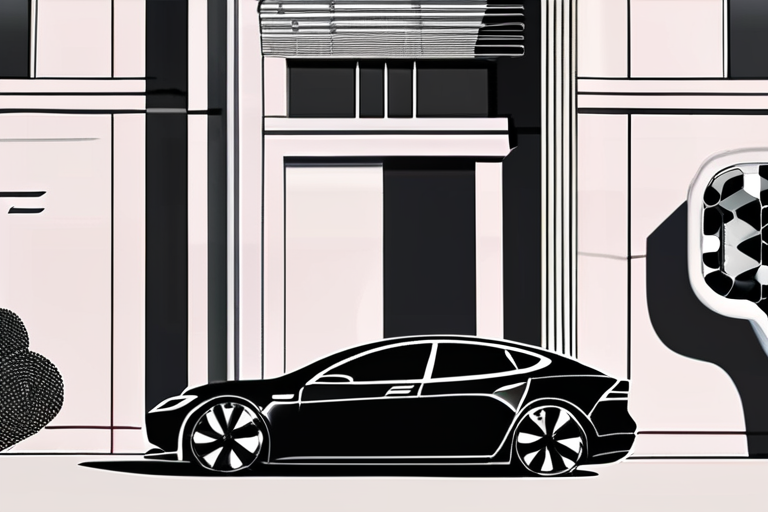
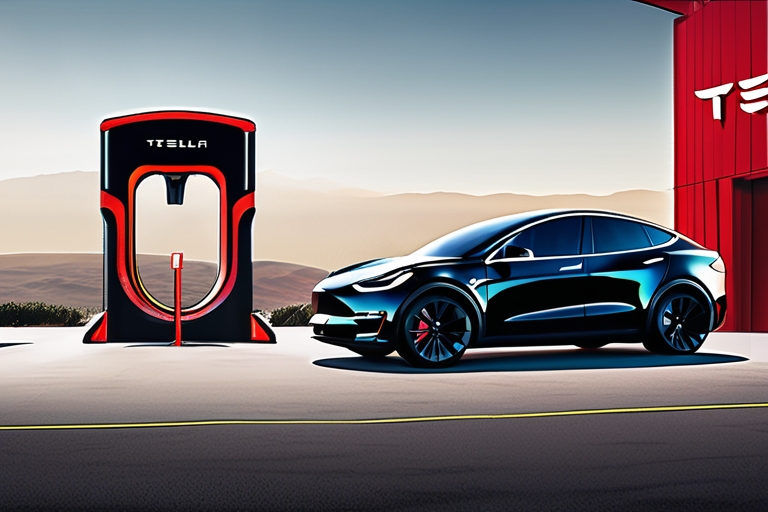
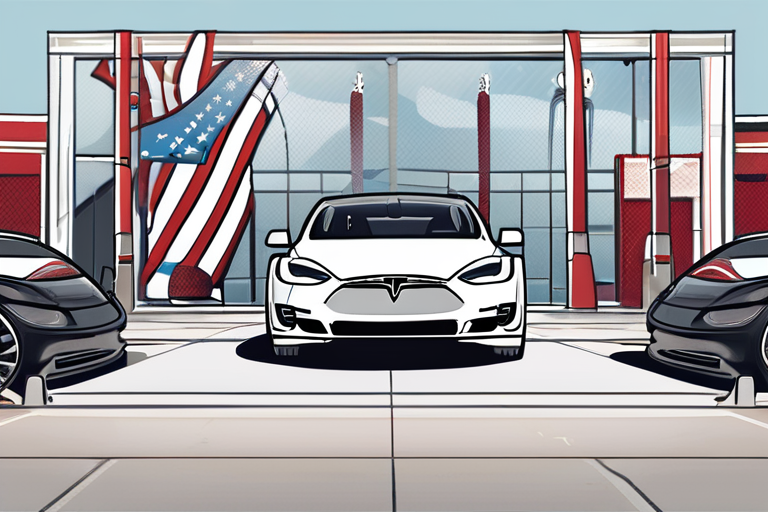
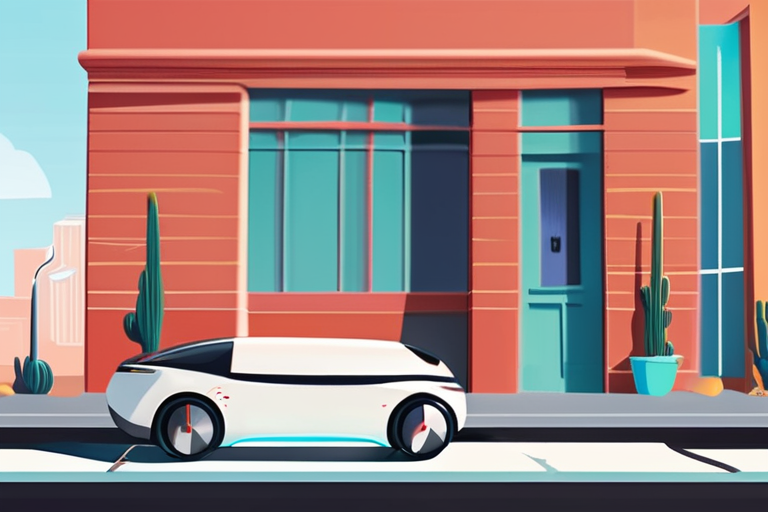

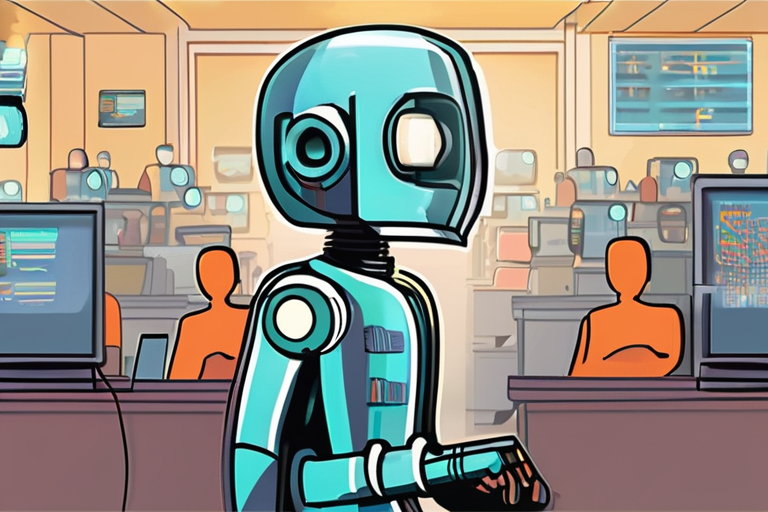

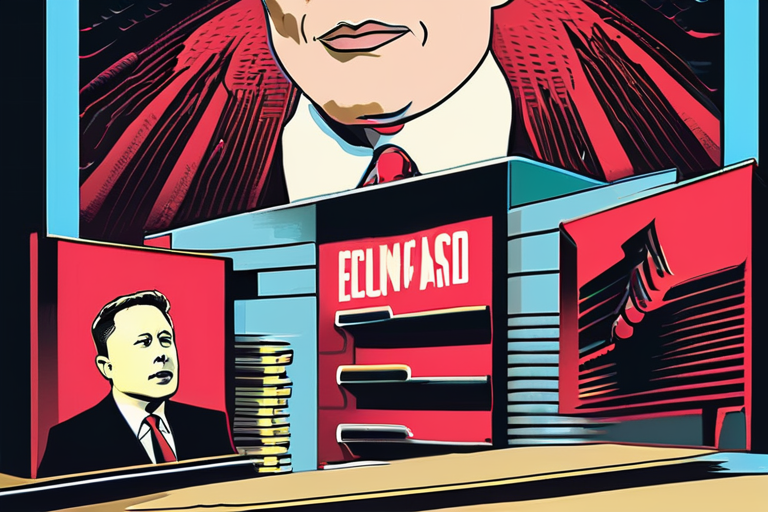
Share & Engage Share
Share this article